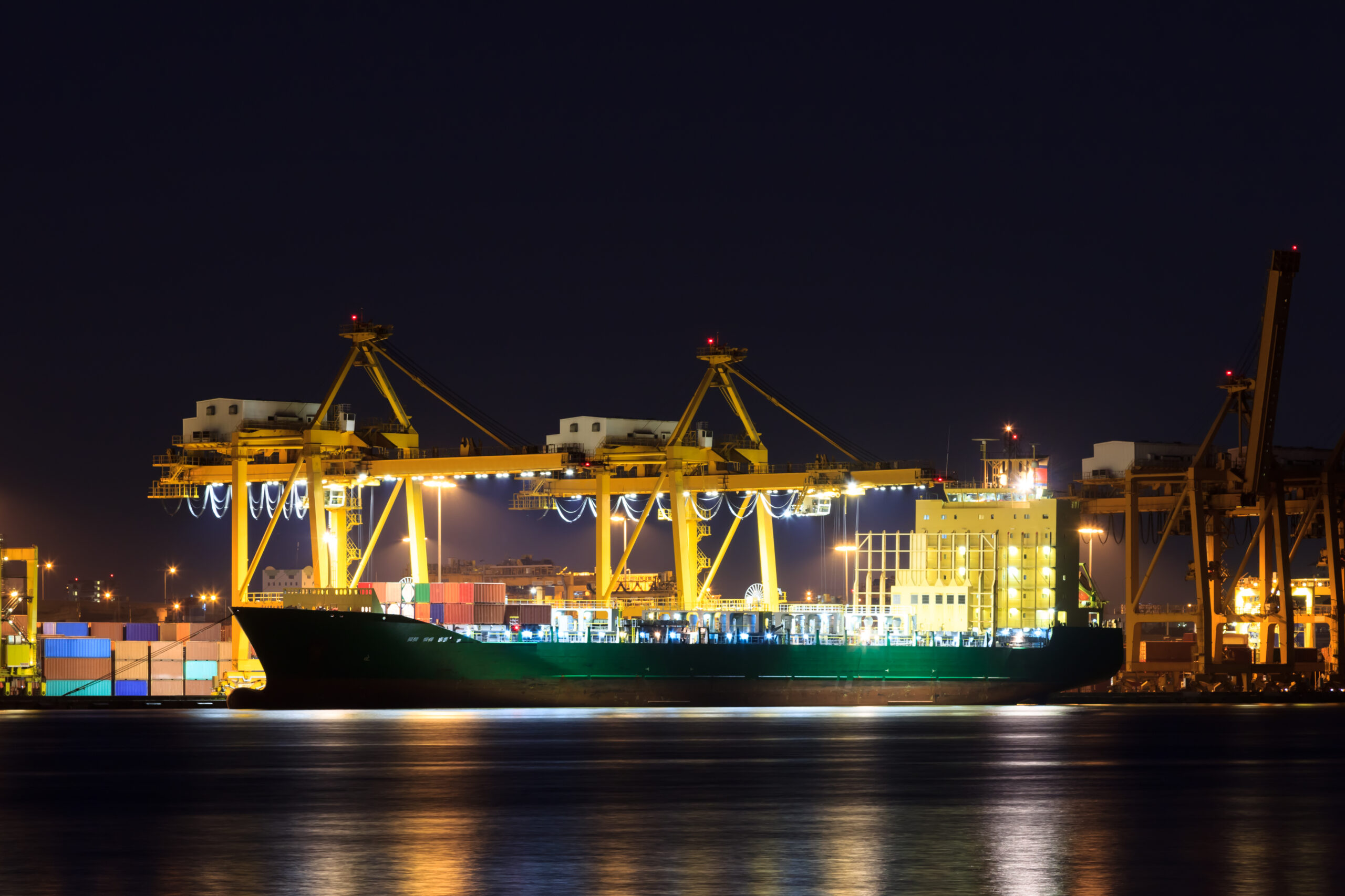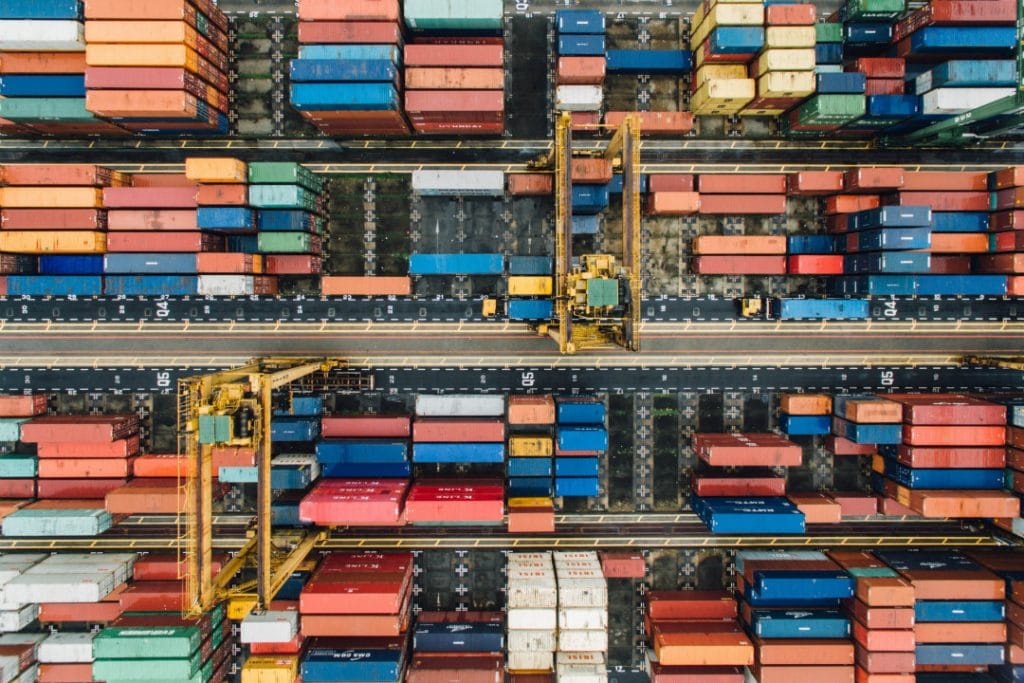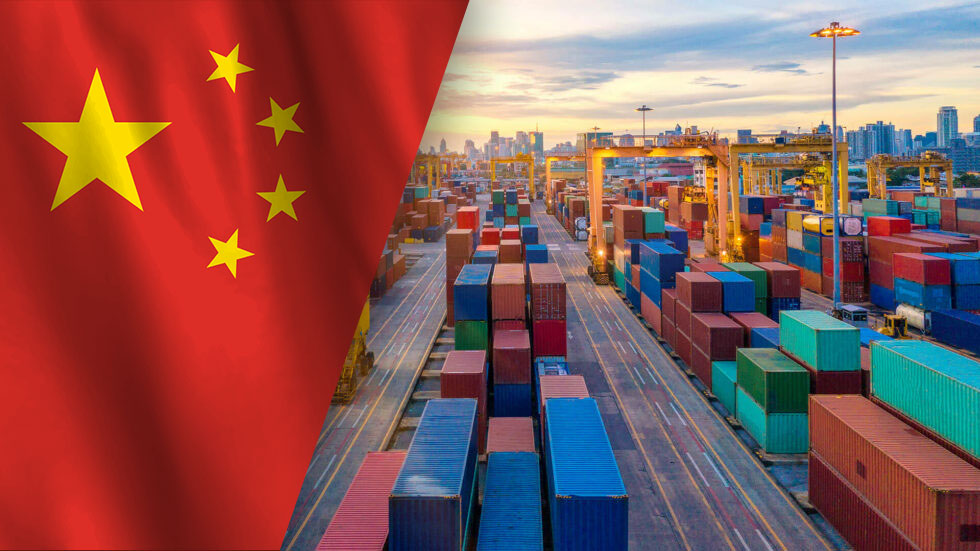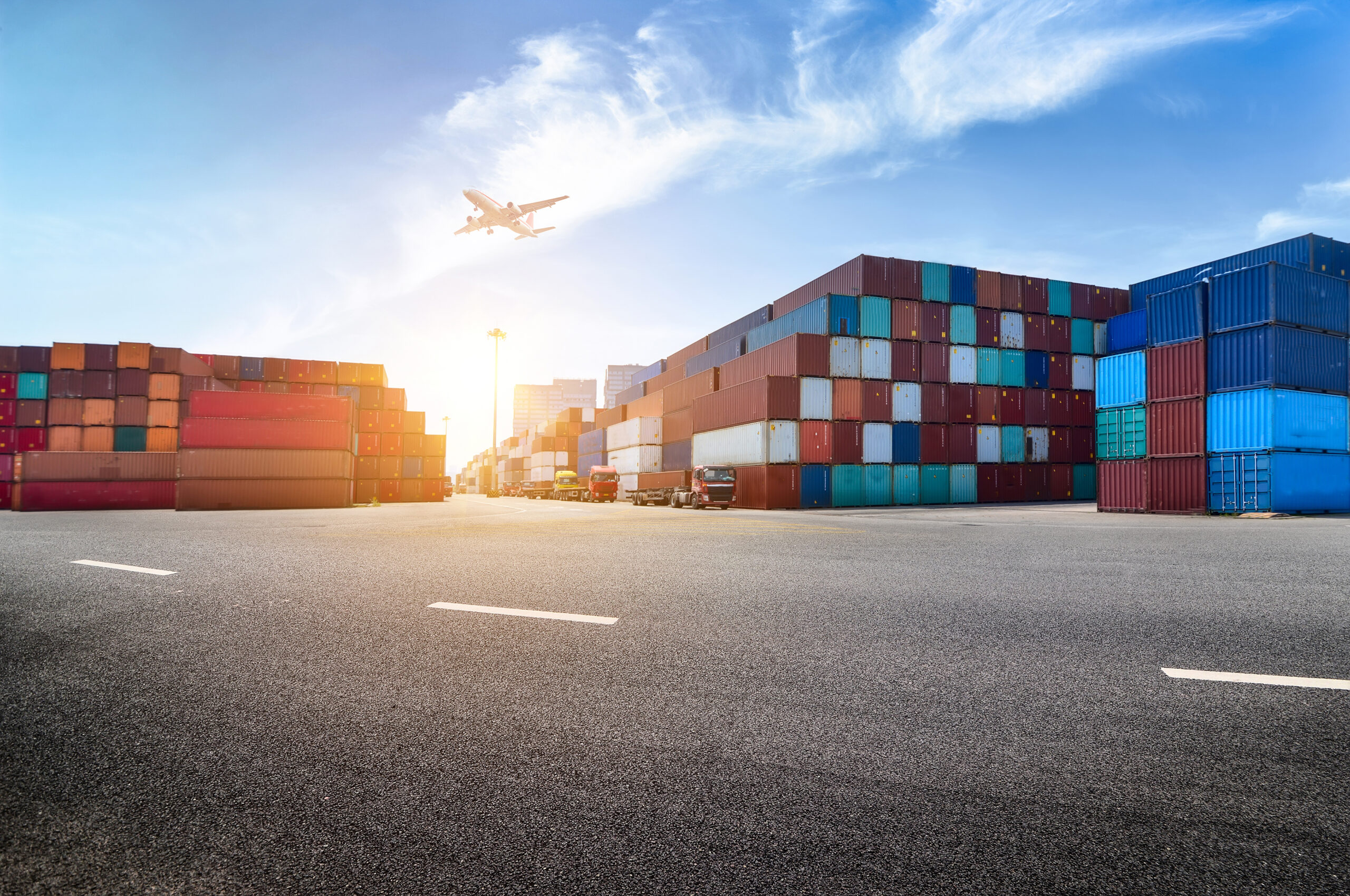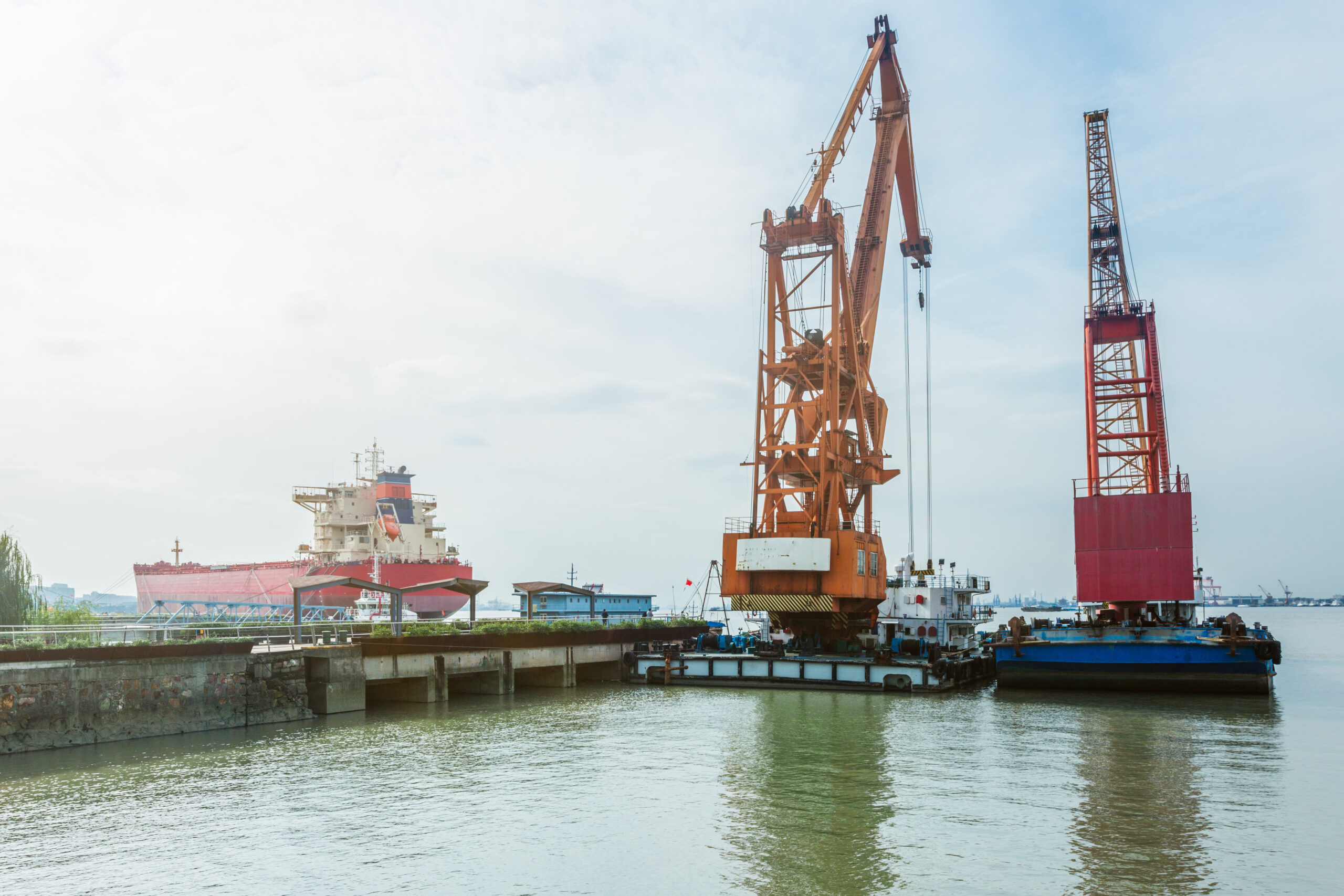This week:
- Five Californian ports are forming the California Port Data Partnership to improve freight movement and port resilience
- A need for additional FMC demurrage and detention rules is growing in order to more broadly define when a shipper is liable for billing
- The FMC could soon have additional antitrust powers thanks to a new bill
- The Port of Savannah will build a new inland terminal in Northeast Georgia
- US ports can now apply for additional grants for projects targeting trucker idling emissions
Five Ports in California have Pledged to Create a Cargo-Fluidity Data Sharing System
Five of California’s largest ports, Los Angeles, Long Beach, Hueneme, Oakland, and San Diego, have agreed through a Memorandum of Understanding to create the California Port Data Partnership to improve freight movement, coordination, and port resilience. Under the partnership, the ports will build a cloud-based system funded by a $27 million state grant.
Through the pandemic, particularly in 2021, West Coast ports suffered from a lack of visibility that contributed to supply chain bottlenecks and general chaos that impacted port productivity. The new data-sharing system aims to strategically organize the five partner ports to help prevent this in the future. A key stipulation of the system is that it cannot interfere in labor contract negotiations by tracking metrics such as labor productivity across ports.
Sign up to Receive JMR’s Supply Chain News Roundup, Delivered Directly to Your Inbox Weekly
FMC Rulemaking to Make Broad Changes to Detention & Demurrage Billing
The COVID-19 pandemic showed that ports throughout the USA can become severe choke points for the country’s economic activity, with many shippers being hit by detention and demurrage charges even when it was not possible to drop off or retrieve containers from the overloaded ports. In order to realign penalty charges as a means of encouraging the fast and efficient movement of cargo, the Federal Maritime Commission (FMC) created the 2020 interpretative rule, which would later become part of the Ocean Shipping Reform Act 2022 (OSRA-22). The rule protects shippers from unfair charges when they are unable to move containers for reasons outside of their control, such as major congestion or when a terminal is closed.
While OSRA-22 established a general set of guidelines, the FMC still needs to create additional rules governing how detention and demurrage penalties are calculated. This was highlighted by a case involving the carrier Evergreen Marine and trucker TCW. TCW was billed after returning a container seven days after free time ended and 22 days after the chassis free time ended. TCW then argued that fees should not apply to the three days the terminal was closed, with the FMC siding with the shipper. However, the FMC commissioner stated that the shipper was aware of the terminal closure ahead of time.
A number of terminals have become concerned that, following the TCW-Evergreen Marine example, free storage at terminals on weekends could disincentivize effective cargo flow, necessitating additional and broader FMC rulemaking.
New House Bill Could Boost FMC Antitrust Authority
The Ocean Shipping Competition Enforcement Act is a new bill currently before the US House of Representatives. Should it pass, it would allow the FMC to block agreements that it deems as anti-competitive without first requiring a court order. The FMC is currently the only US regulatory agency that must first obtain a court order in order to prevent such agreements, which is what the new bill aims to change.
Removing the need for a court order will provide the FMC with enhanced oversight in controlling anti-competitive practices in the industry while also streamlining and speeding up the FMC’s process for challenging agreements. Two members of the FMC so far have shown open support of the new bill, including FMC commissioner Carl Bentzel. The bill was introduced on Monday, April 24, by Rep. John Garamendi, who was also one of the original sponsors of OSRA-22.
Port of Savannah to Build New Inland Terminal after Earning Environmental Clearance
The Port of Savannah will move ahead with the construction of a new inland terminal located in Northeast Georgia near Gainesville after gaining environmental clearance for the project, which has unlocked an additional $46.8 million in federal funding for the project. Construction is expected to begin in the beginning of 2023 with an approximate cost of $170 million.
The new inland terminal is expected to open in 2026 with a 200,000-lift capacity. Executive director of the Georgia Ports Authority (GPA) Griff Lynch estimated that once built, the new terminal could see between 50,000 and 60,000 annual container lifts. For reference, the Appalachian Regional Port near Crandall, North Georgia, handled 33,024 container lifts in 2022.
US Department of Transportation Releases Additional Funding to Reduce Port Truck Idling Emissions
The US Department of Transportation (DOT) is releasing $160 million in funding to US ports to help fund projects designed to reduce the emissions generated by idling trucks at ports across the country. This marks the first phase of the $400 million Reduction of Truck Emissions at Port Facilities Grant Program, part of the 2022 Bipartisan Infrastructure Law. The DOT expects to award approximately 35 grants in this first stage. The grant program’s first round of funding will close on June 26.
The overarching goals of the grant program are to improve the air quality in and around ports, reduce port congestion, and help truck drivers to save time and money.
The diversion of discretionary cargo away from the West Coast has led to many importers of Asian-made goods favoring ports in the Southeast, Savannah in particular. 2022’s Asia import volume only decreased by 0.3% after 2021’s 13.5% spike, however, the Southeast’s market share rose by 1.1% from 19.8% to 20.9% between these two years, a 5.2% volume increase, while the West Coast’s market share dropped from 59.9% to 56.4%.
Savannah led the Southeast ports with a market share increase of 0.7% to an 11.1% total, increasing the port’s import volume by 6.1%. Charleston followed suit with a market share increase of 0.5% to a market share of 3.8% after a 14.6% spike in shipment volume.
Although it remains to be seen whether the Southeast will maintain its market share after ILWU contract negotiations finish, the Southeast ports are a gateway to North and South Caroline, Georgia, Tennessee, and Florida. And as Southeastern ports get more upgrades and improved supply chain infrastructure investments, shippers may prefer to send imports from Asia directly to the Southeast ports rather than to the West Coast, where they must make the intermodal journey across the country.
(Source: John McArthur | Unsplash)


